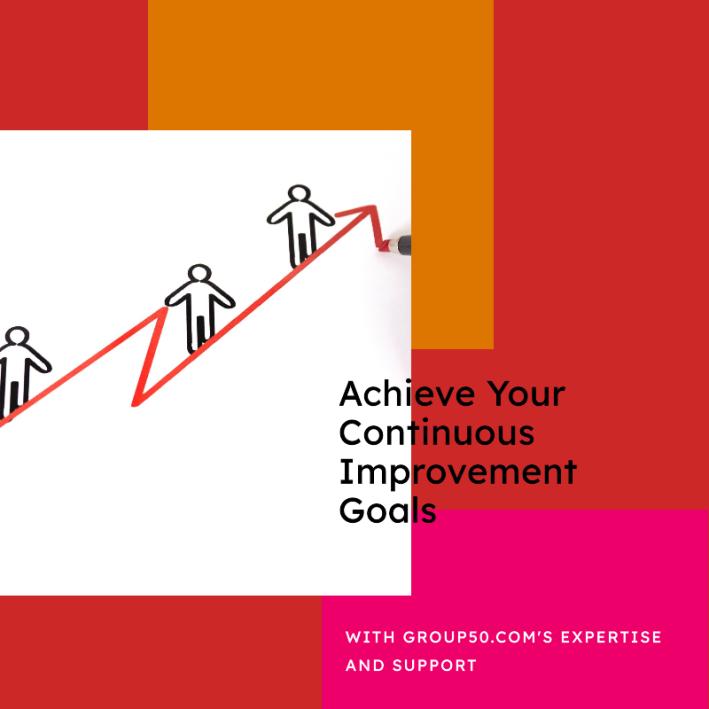Importance of continuous improvement program for businesses and stakeholders

Rather than making radical or large-scale changes, continuous improvement (CI) emphasizes making small and incremental improvements that can collectively lead to better outcomes. This CI philosophy is widely used in manufacturing, business management, software, healthcare, and other industries to improve the efficiency and quality of products and services. Rooted in lean thinking, continuous improvement programs seek to identify and eliminate waste and non-value-added activities. Popular CI models like Kaizen, PDCA (Plan-Do-Check-Act), Six Sigma, and Lean, all focus on eliminating waste, and improving operational efficiency. It’s like a never-ending loop of progress, where every step becomes the steppingstone for the next one to achieve even better outcomes. The iterative process of continuous improvement focuses on making small changes to make improvements, stay competitive, and evolve with market changes. Group50 consulting firm provides customized continuous improvement programs to improve productivity and achieve more with less. Group50’s consultants work with clients on productivity projects that make a difference in the business. This approach gets attention to the value of CI and provides the value proposition for developing a continuous improvement program. Group50’s CI program is guided by its change management framework called the Business Hierarchy of Needs ® which outlines the considerations for creating sustainable change in the business. The sequence Group50® follows typically consists of these elements:: Identifying Continuous Improvement projects that support the company’s Most Important Goal (MIG) and strategies. Assessing Continuous Improvement Maturity to understand the appropriate approach to selected projects. Creating project charters to support each project which includes defining the appropriate methods, tools and training. Creating an implementation plan that satisfies the company’s unique Business Hierarchy of Needs® Designing the management review process Group50’s Continuous Improvement consultants know when to use tools such as Value Stream Mapping, Statistical Process Control, Six Sigma, 5S, Kaizen and others for the purposes of redesigning workflows and measuring performance. Many companies have Six Sigma as part of their strategic plans and continuous improvement program. Group50 offers a unique approach to implementing Six Sigma which requires a fully developed change management plan, typically starting with a leadership workshop designed to think through and design a Six Sigma program.
Three Levels of Business Hierarchy of Needs ® Business Hierarchy of Needs ® consists of three levels of activities that make up an effective change management process for creating strategy, optimizing the organization, and implementing change. Every organization does the things in the Business Hierarchy of Needs® to some degree. The difference between organizations that have a culture of strategic execution and others who don’t is the disciplined change management methodology they follow.
Level I of the Business Hierarchy of Needs ® identifies the information required to fully understand the current state and to lay the foundation for building clearly defined strategies that achieve a defined future state. Level II includes addressing the cascading objectives throughout the organization to deal with operating gaps and strategic gaps, defining the required organization structure, skill maps, training requirements and performance management objectives. Level III of the Business Hierarchy of Needs ® is the implementation phase, that includes the establishment of the appropriate steering committee, governance structure, and implementing project charters.
Continuous improvement program also helps in cost reduction by identifying inefficiencies and implementing changes, and enabling data-driven decisions based on factual insights. A culture of continuous improvement supports long-term organizational growth and stability, and can even lead to new ideas and solutions.
Comments